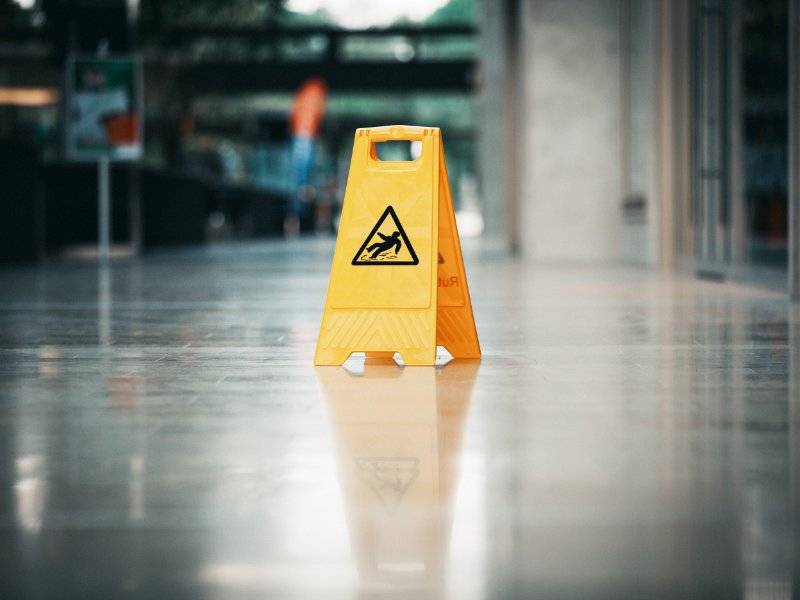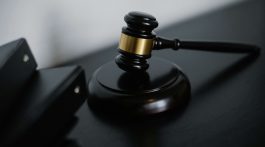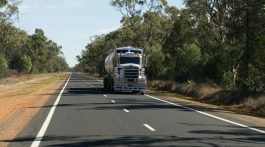Slip and fall injuries are almost always unexpected and can be a frightening experience. Suffering an injury after a slip and fall accident can be traumatic and in severe cases, result in long-term disability. Understanding who to hold accountable for your injury after a fall on someone else’s premises is an important step for seeking compensation for your path to recovery.
Understanding Property Owner Responsibility
Property owners hold legal responsibility when it comes to slip and fall accidents on their premises. Every property owner is legally obliged to maintain a safe environment for anyone who enters their property, whether it is a residential, commercial, or public space. This includes regularly inspecting the premises, identifying potential slip and fall hazards such as wet floors or uneven surfaces, and promptly addressing any maintenance issues to prevent accidents from occurring. Property owners are also responsible for providing adequate warning signs to alert and inform people entering the premises of any known hazards, such as slippery surfaces or uneven steps for example. If a slip and fall accident occurs due to a property owner’s negligence in maintaining a safe environment, they may be held liable in a premises liability lawsuit for any resulting injuries and may be required to compensate the injured party for medical expenses, pain and suffering, and other damages.
Causes of Slip and Fall Accidents
Slip and fall accidents can occur in various locations, both indoors and outdoors, and can be caused by a wide range of factors. Some of the most common causes of slip and falls include:
- Wet or slippery surfaces: Spills, leaks, or wet floors from mopping or cleaning can create hazardous conditions, particularly in areas like entryways, kitchens, or restrooms.
- Uneven or damaged flooring: Cracked, uneven, or poorly maintained flooring, such as loose tiles, torn carpeting, or damaged steps, can pose tripping hazards.
- Insufficient lighting: Inadequate lighting can make it difficult for people to see potential hazards or changes in elevation while walking on a property.
- Poorly designed or inadequate stairs: Stairs without proper handrails, uneven steps, or lack of non-slip surfaces are leading factors contributing to slip and falls.
- Cluttered walkways: Obstacles such as cords, debris, or objects left in walkways can create tripping hazards.
- Weather conditions: Rain, ice, or snow can create slippery surfaces, both indoors and outdoors, creating significant risks for slips and falls.
- Lack of warning signs: Failing to place adequate warning signs near wet floors, construction zones, or other dangers can cause slip and falls as people are unaware of the hazards.
- Negligent maintenance: Inadequate maintenance of property, including neglecting to repair or address dangerous conditions promptly, increases the risk of slip and fall accidents.
Proving Property Owner Negligence
When filing a legal claim to seek compensation after experiencing a slip and fall injury, it is important to understand the elements needed to prove property owner negligence. In order to file a personal injury claim against a negligent property owner, the following four elements must be proven:
- Duty of care: The injured party must demonstrate that the property owner owed them a duty of care based on the legal responsibility of property owners to maintain a safe environment for visitors.
- Breach of duty: It must be proven that the property owner breached their duty of care by failing to take reasonable precautionary steps to prevent the slip and fall accident. Examples of this include neglecting to repair uneven stairs or failing to provide adequate warning signs for tripping or falling hazards.
- Causation: The injured party must establish a causal connection between the property owner’s negligence and the slip and fall accident. It must be demonstrated that the hazardous condition created by the property owner’s negligence directly caused injuries.
- Damages: The injured party must provide evidence of the damages they have suffered as a result of the slip and fall accident. This can include medical records, bills, photographs, witness statements, and any other relevant documentation.
Gathering as much evidence as possible is crucial for a successful premises liability claim. Photo evidence of the hazardous conditions causing the accident and resulting injuries, or surveillance footage can significantly support your claim. It is also important to seek immediate medical attention after suffering a slip and fall injury and keep detailed records of all medical treatments received.
While there are different statutes of limitations for slip and fall cases depending on the state you are located in, seeking legal guidance from an experienced personal injury lawyer can help you understand your rights. Getting help from an attorney can ensure you have a strong claim and are receiving fair compensation for the damages suffered.




No Comment